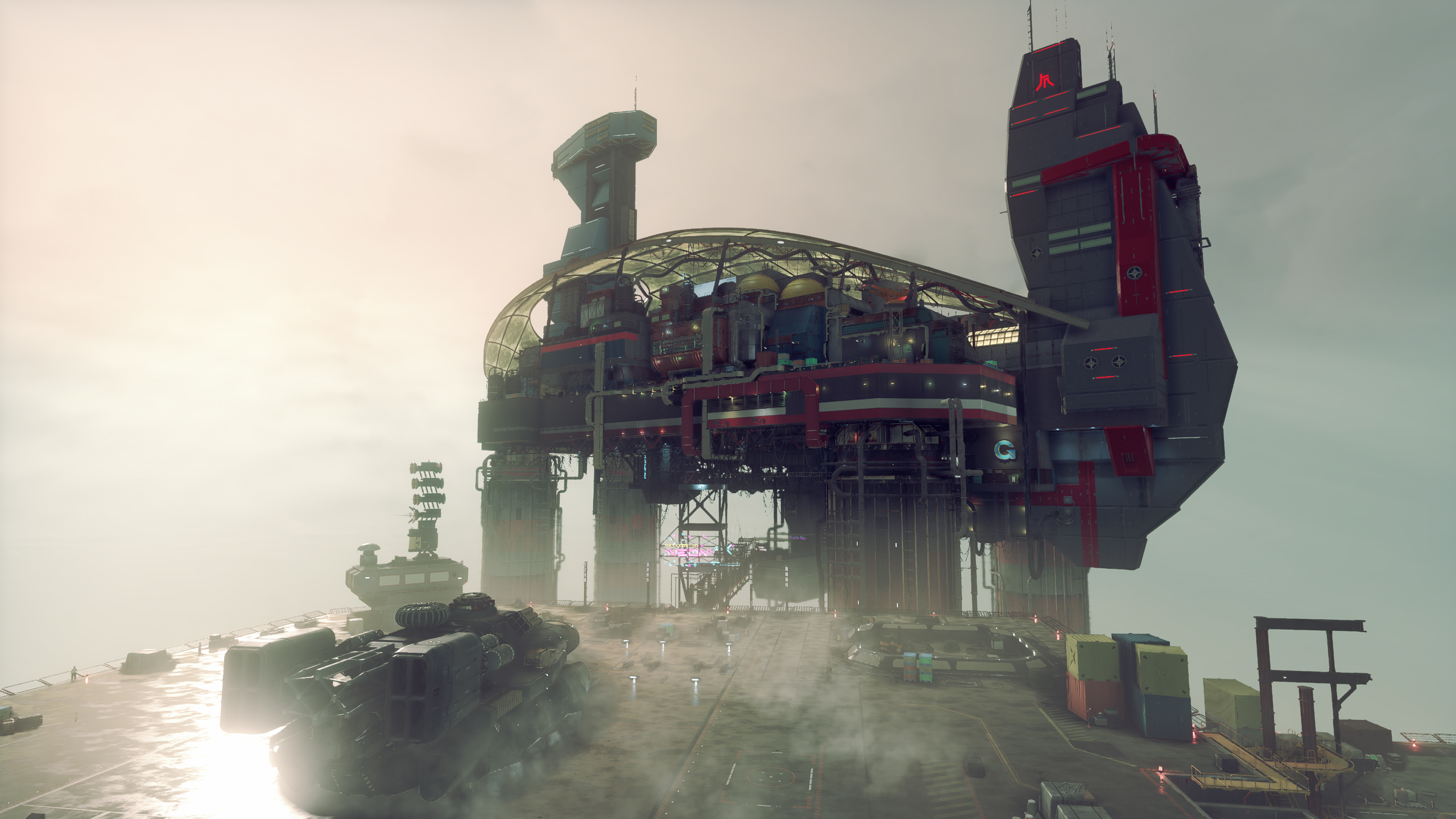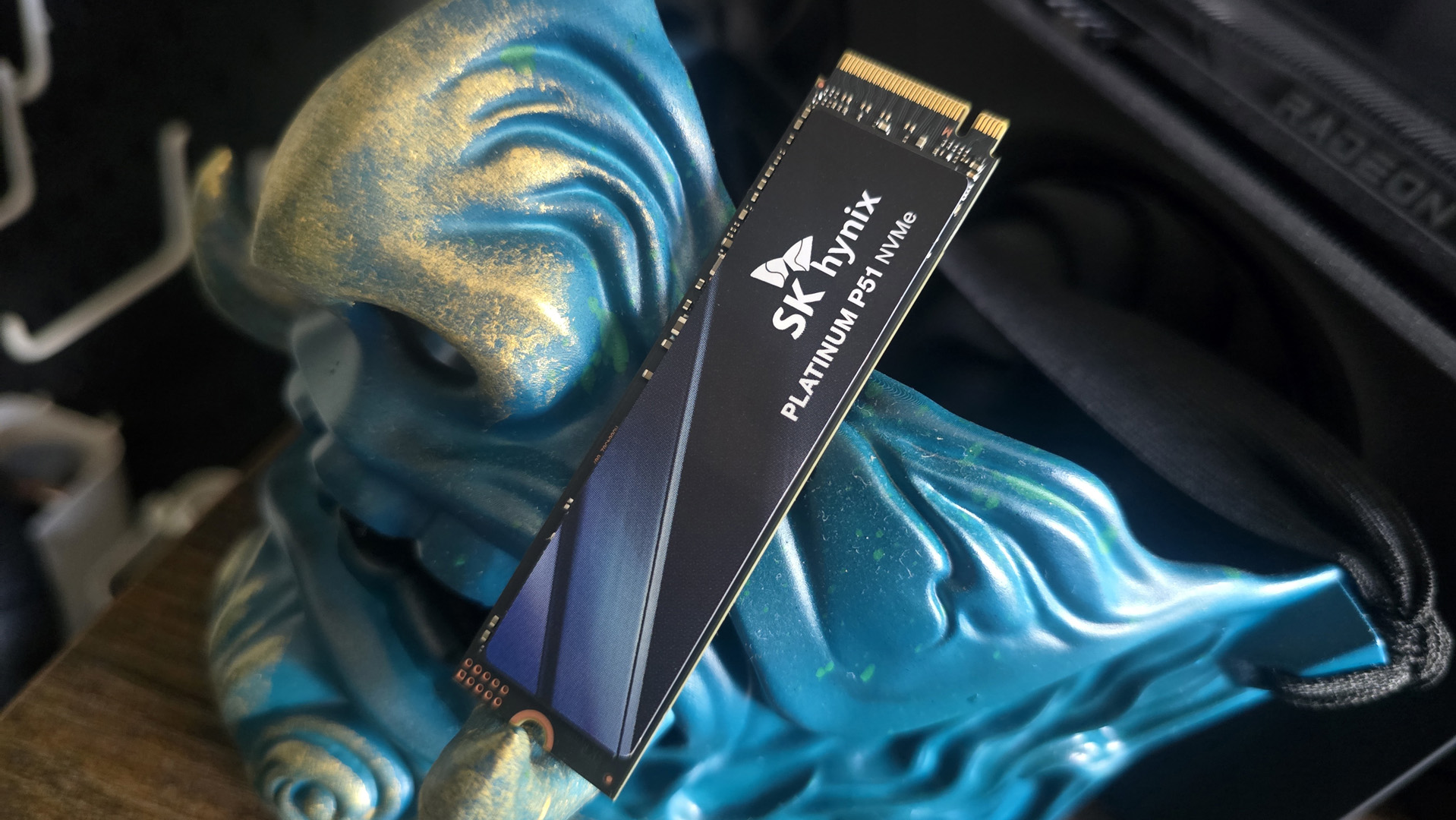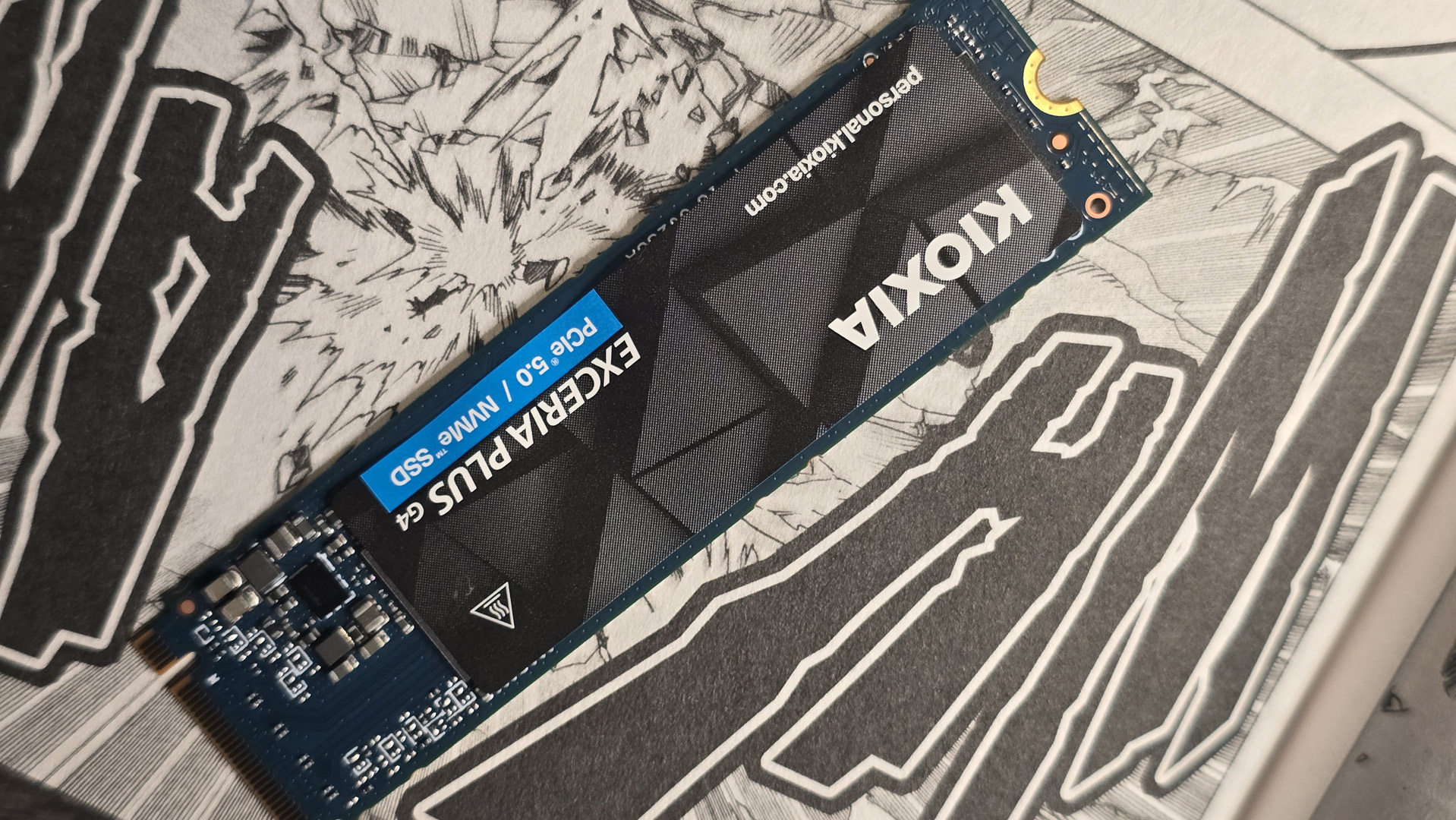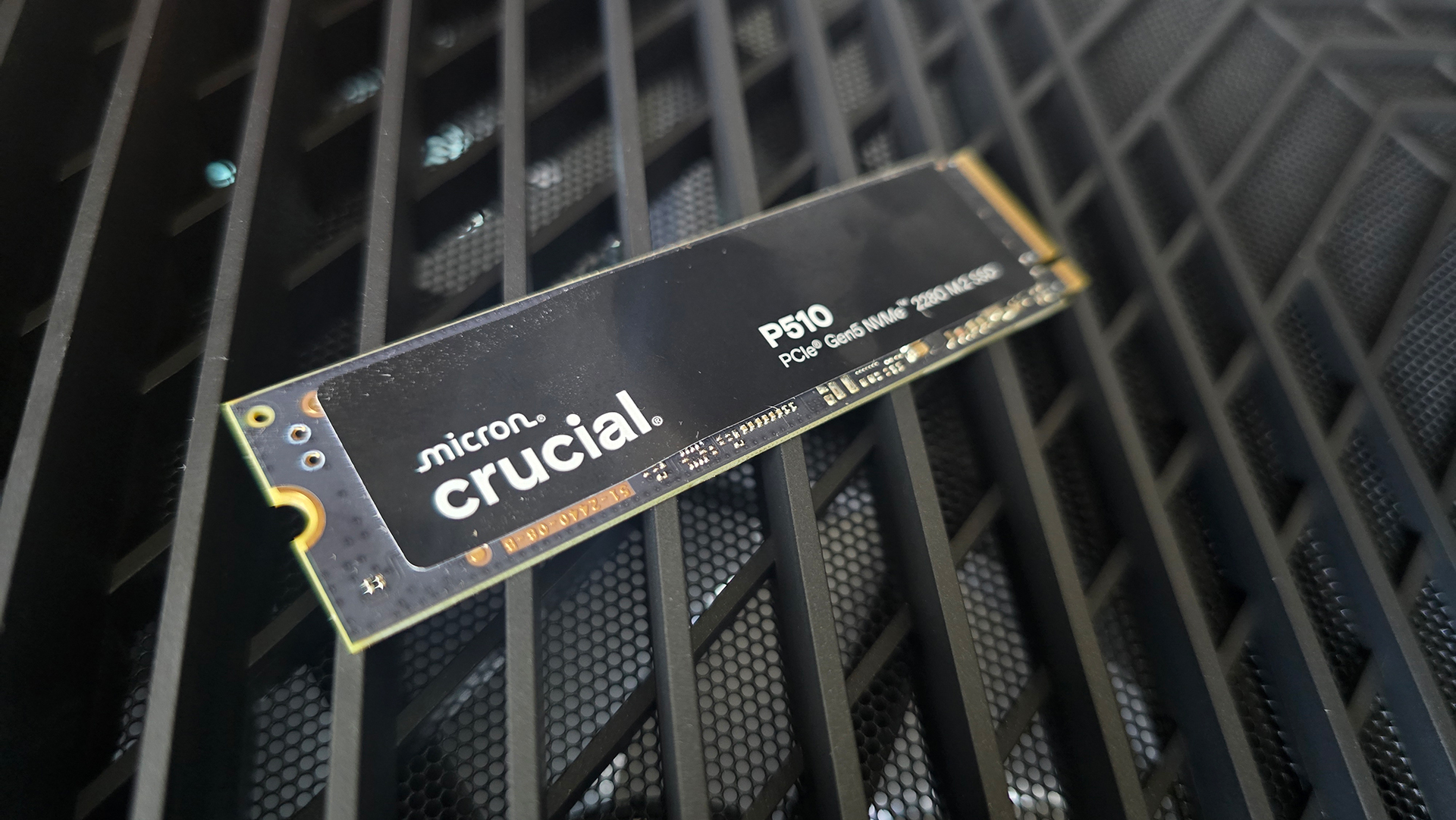
The features of the planets you explore and the loot you find will often be different from what everyone else experiences.
Starfield gives you over 1,000 planets and moons to explore in the galaxy, but unlike other Bethesda RPGs like Skyrim and Fallout 4, the locations you visit and the things you find there won’t always be the same as what other players find.
That means if you see someone online showing off a cool weapon, spacesuit, or even a location they found on the surface of a planet, you might not be able to find it for yourself—even if you’re given precise directions.
That’s because, even though the RPG is full of hand-crafted quests, locations, levels, weapons, and gear, procedural generation plays a big part in Starfield. This isn’t the first time Bethesda has used randomization—The Elder Scrolls and Fallout games use it, too—but Starfield is much bigger than previous Bethesda RPGs, and it uses randomization in some different (and sometimes confusing) ways.
Here’s how randomization works in Starfield.
In space
(Image credit: Bethesda)
Starfield’s galaxy map is the same for everyone playing. The location of stars and their planets isn’t randomized, and when you zoom in from the star map to look at a specific solar system map, what you’ll see there is the same for everyone, too.
When you enter the orbit of a planet, you may experience some randomized events—spacers attacking you, a ship hailing you with a message, some space debris and cargo floating around, or an NPC you helped earlier in the game arriving in their ship to give you a quick thank you gift or a conversation. Some in-orbit events will be specific to the planet you’re orbiting, however: a distress call that leads to an official quest on that planet will be the same for everyone, and a space station orbiting that planet will likewise be in the same place for all players.
(Image credit: Bethesda)
Planets will also have the same name, traits, and types of resources for you as they do for anyone else playing. For instance, orbit and scan the planet Washakie in the Cheyenne system and you’ll find it has the same gravity, temperature, and atmosphere no matter what. The types of resources you find on a particular planet will also be persistent: Washakie has water, lead, silver, neon, uranium, argon, and C6Hn. Even the planet’s two traits will be the same: Washakie has crystal columns and sulfur pools discoverable either by scanning (with the ranked up scanning skill) or by walking around on a planet’s surface. Everyone else will find them too.
But when you actually land on a planet, that’s when the procedural generation kicks in and things can get a little confusing.
On planets
(Image credit: Bethesda)
Landing on a planet in Starfield generates a large area around you and your ship, and that includes randomized terrain and points of interest that can include structures, outposts, facilities, caves, and planetary traits. Imagine that each time you land, a space bigger than the entire Fallout 76 map is being built around you—but unlike Fallout 76, it’s almost entirely randomly generated. Other ships may even land in the area you’re in, and these ships are random encounters as well.
Taking a look around you or opening your surface map will show nearby points of interest, which will also show up on your minimap as pips: Just think of standing in a field in Skyrim and seeing landmarks in the distance and icons on your compass. Many of these locations are hand-crafted: abandoned labs, factories, research outposts, and so on. But the placement of these points of interest is randomized. Even if you and another player were to land on the very same spot, the points of interest would be different for each of you. Where you and other players will find the same things are major cities and outposts, and locations you’re sent to while on official quests.
“What we do is we handcraft individual locations, and some of those are placed specifically,” Todd Howard told the Kinda Funny Xcast back in June. “I should also add that we have done more handcrafting in this game, content-wise, than any game we’ve done.”
(Image credit: Bethesda)
Back to a planet’s resources: like I said, any player who lands on Washakie will find the same elements and chemical deposits. But you won’t find them in the same place. One player landing might find the perfect place to mine lead and silver in the same spot near their ship, but for another player those resources will appear somewhere else.
Interestingly enough, alien wildlife on any given planet is the same for all players. Visit Procyon III and you’ll find the same octomaggot grazers and coralheart herbivores and coralcrab stalkers that everyone else will. Where it may differ a little is within randomly-placed locations on the planet’s surface. For instance, an abandoned lab might contain a terrormorph (a tough alien monster boss) even though you won’t find that creature wandering around on the surface outside that lab.
You will also see the same hand-crafted points of interest on different planets. For instance, I found an interesting rock formation on a planet and discovered it had a small abandoned mining camp next to a cave, which was filled with alien creatures, dead miners, and loot. Landing on a different planet the next day, I saw that exact same rock formation, and it contained the exact same mining camp and cave.
Loot
(Image credit: Bethesda)
Randomized loot isn’t new in Bethesda games: in The Elder Scrolls and Fallout games loot found in containers, enemies, and locations is typically randomized, generated when you enter an area (except when it’s a unique item, such as swords like Chillrend or Dawnbreaker). Open the door to someone’s house and go through their belongings, then reload your save and do it again, there will be some variation in what you find. Most loot in those games is randomly selected from loot tables that dictate the types and levels of loot.
Starfield’s loot tables, if anything, seem especially weighted in your favor when it comes to weapons and gear. In my very first session, while still playing the tutorial on the moon of Kreet, I ran from the landing zone to an abandoned research tower that was a few hundred meters away from the quest area. At the top of the tower I found a legendary spacesuit that had chameleon properties (it makes me invisible when I crouch and hold still) and reduced the weight of resources in my inventory by 25%. That suit was so good I wound up wearing it until I was level 30 or so, even though I’d found it mere minutes after starting the game. Other members of PC Gamer report finding legendary and high-level gear very early on in the game at randomly placed locations, too.
(Image credit: Bethesda)
I’m not complaining about finding dope gear, mind you—it’s just that I can’t tell anyone else how to find that same legendary space suit. If they run across the moon of Kreet, even starting from the same spot as me, they’re probably not going to find the same research tower I found, and even if they do, they probably won’t find the same space suit I found, even inside the same display case I found it in. It’s just a random drop.
If you are looking for specific weapons and gear, shops and some boss enemies have weapons or spacesuits that you can find reliably in the same place, like this seriously OP Starfield gun called Elegance you can buy very early on in Akila City, or Starfield’s Mantis quest that gives you a wicked legendary spacesuit and free spaceship. But while adventuring through Starfield, most of the loot you’ll find, just like the surface of the planets you’re exploring, will be random.



